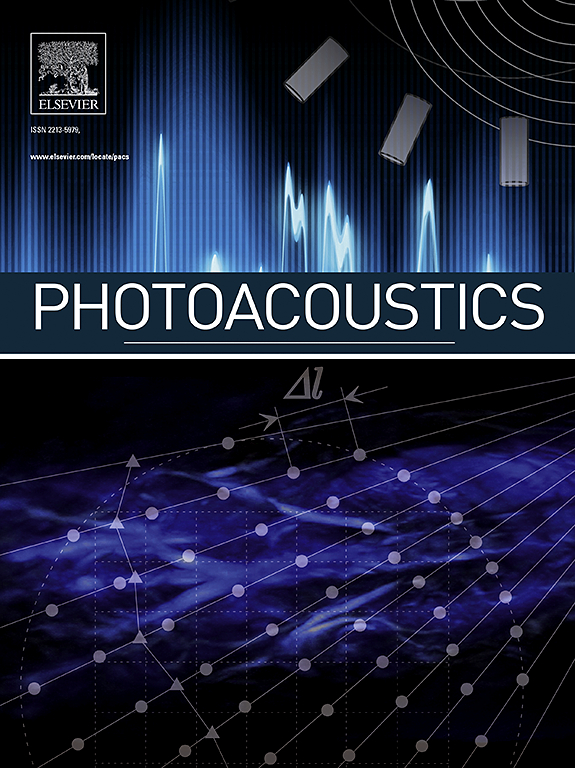Recently, Associate Researcher Liu Chengbo from the Biomedical Optics Laboratory of the Institute of Medical and Biological Engineering, Shenzhen Institutes of Advanced Technology, Chinese Academy of Sciences, received an official invitation from the editorial board of *Photoacoustics* to serve as a member of the editorial board (Editorial Board Member) of this journal. Photoacoustics is a flagship journal in the field of biomedical photoacoustic imaging. It mainly publishes original research and review articles on innovative principles and technologies and the application of achievements in this field, covering different technical categories such as photoacoustic microscopy, computational tomography, and endoscopic imaging. It focuses on cutting-edge technologies and clinical translation research. The journal had an impact factor of 5.25 in 2018 and is classified as a JCR Q1 journal in the three fields of biomedical engineering, medical imaging, and instrument technology. Associate Researcher Liu Chengbo has been committed to the research and clinical translation of photoacoustic imaging technology for many years. In the past five years, he has published more than 50 papers in JCR Q1 journals. As the first/corresponding author, he has published more than 30 papers in journals such as Light, IEEE Transactions on Medical Imaging, and Advanced Materials. The total number of citations is more than 1,200, and his H-index is 20. He has applied for more than 30 invention patents, and more than 10 of them have been authorized. At the same time, he serves as a reviewer for more than 30 high-level journals, including Laser Photonics Review, IEEE Transactions on Medical Imaging, and Nano Letters. Some of the technical achievements are currently being used in cooperation with clinical hospitals to conduct human experimental research, promoting the clinical application and transformation of the technology.
